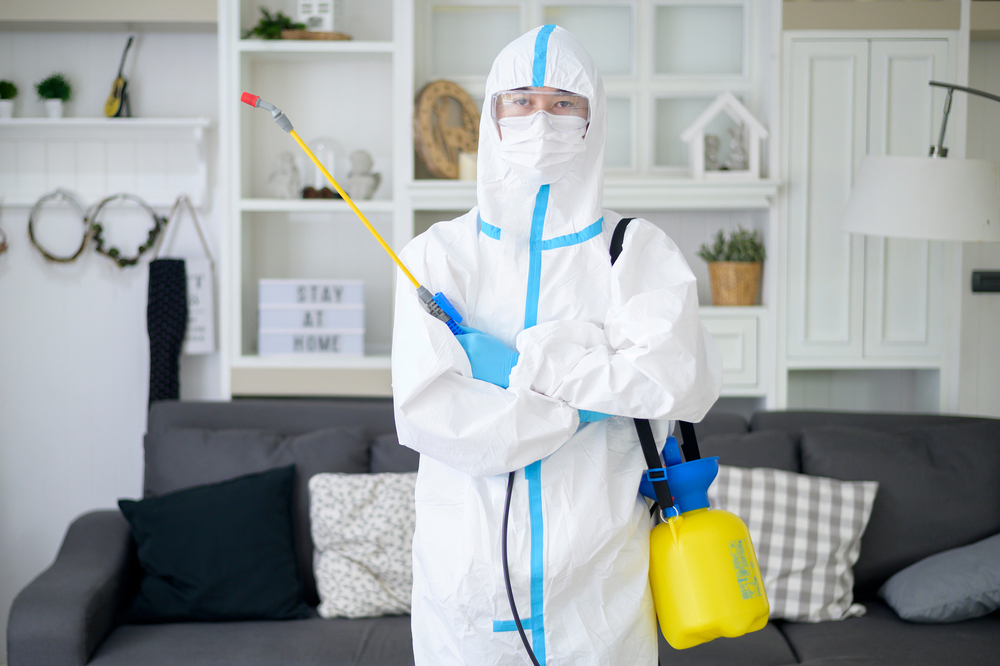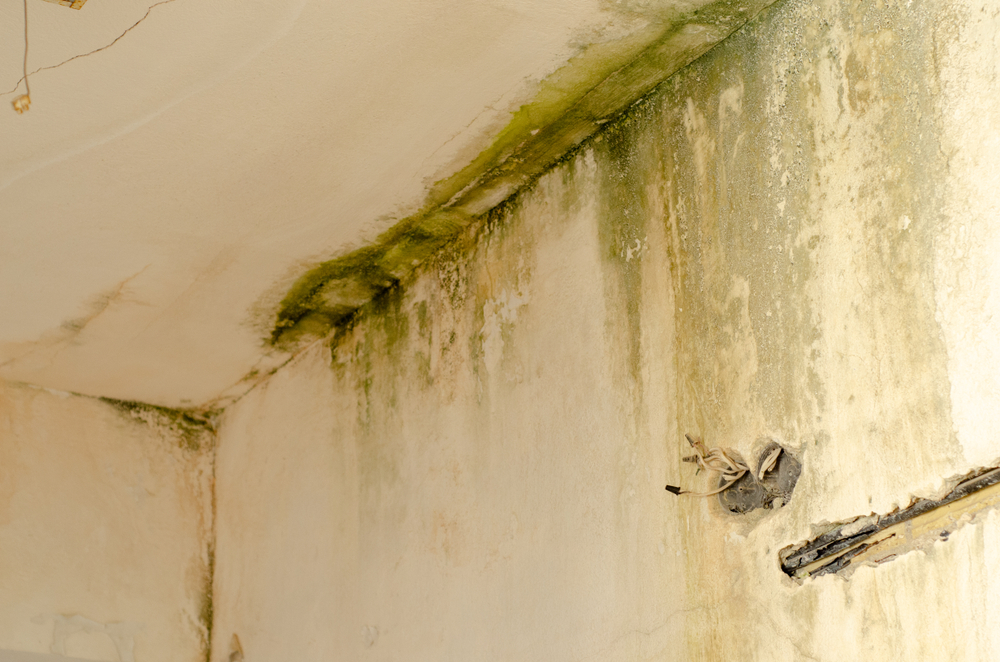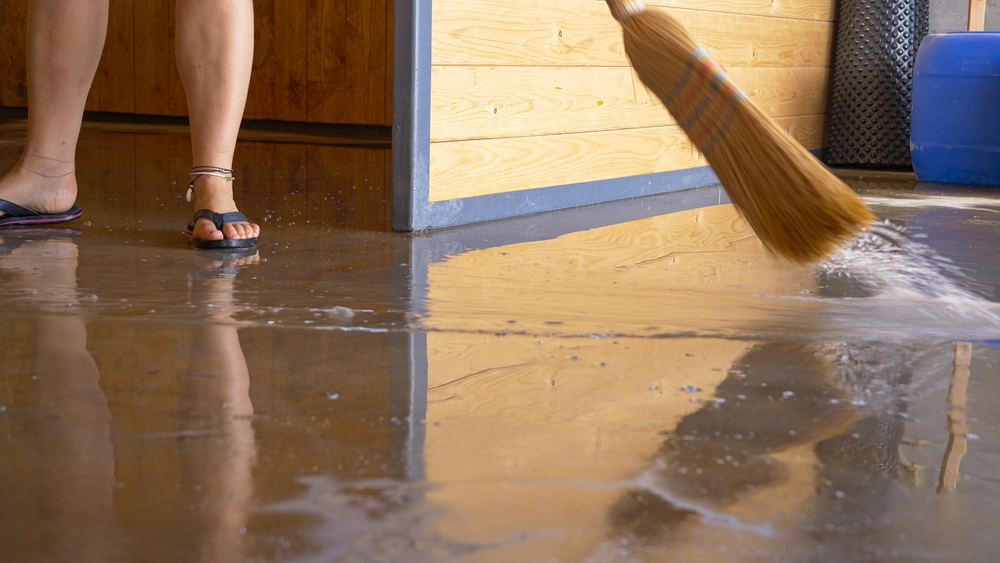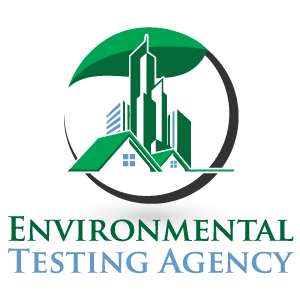
In the heart of hurricane season, as homeowners brace for the brunt of potentially devastating storms, mold’s an insidious threat that often goes overlooked. After the immediate danger of a hurricane passes, homeowners are left with many tasks, including repairing structural damage, cleaning up debris, and coping with potential flooding. Amid all this chaos, implementing effective mold prevention often falls by the wayside.
Yet, neglecting mold prevention can significantly affect your home’s and its occupants’ health. The damp conditions left in the wake of a hurricane create an ideal breeding ground for mold spores, which can increase rapidly and lead to various problems ranging from structural damage to health issues such as allergies and respiratory problems.
With that in mind, let’s delve into the five crucial mold preventions you must take during hurricane season.
Understanding Mold: The Key to Effective Mold Preventions

Before we look at the preventive measures, it’s essential to understand what you’re up against. Mold is a fungus that thrives in damp environments and can begin to grow within 24–48 hours. Thus, the aftermath of a hurricane, which often leaves homes wet or even flooded, provides a fertile ground for mold growth.
Why Mold Preventions Are Essential
Mold preventions are crucial to maintaining a safe and healthy environment, particularly in the aftermath of a hurricane. But why is mold such a significant concern? To understand this, we must delve into the risks that mold poses.
Mold may initially seem harmless, a minor inconvenience that can be dealt with later, but this is a dangerous misconception. Mold growth is more than just an aesthetic problem – it is a genuine health risk and a potential cause of structural damage.
Health Risks of Mold
Mold exposure can cause a variety of health problems. For individuals with allergies, asthma, or other respiratory conditions, mold can significantly exacerbate these issues. Even for those without pre-existing health conditions, mold exposure can irritate the eyes, skin, nose, throat, and lungs.
For older people, children, or those with compromised immune systems, mold can present an even greater risk, leading to severe respiratory infections and complications. In extreme cases, certain types of mold produce mycotoxins, which can lead to neurological problems and, in rare cases, death.
Structural Damage from Mold

The risks of mold are not limited to health alone. Mold can also cause severe structural damage to homes and commercial buildings. Mold feeds on organic material, which includes many of the materials used in construction, such as wood and drywall. Over time, unchecked mold growth can weaken structural elements, leading to potentially significant repair costs and even creating dangerous conditions within the building.
Given the health risks and the potential for structural damage, it’s clear that mold preventions are not just a recommendation but a necessity. By taking proactive steps to prevent mold growth, especially in the wake of a hurricane, you can protect the health of your occupants and preserve the structural integrity of your building. At ETA Mold Company, we support you in this critical task, providing expert advice and services to help you prevent and address mold growth effectively.
5 Mold Preventions for the Hurricane Season:
Step 1 – Rapid Water Removal

The first and arguably the most critical step in mold prevention is swift water removal after a hurricane. Standing water and saturated materials provide the perfect conditions for mold growth. The sooner you remove the water and begin drying out your home, the less likely you will have significant mold issues.
Step 2 – Ventilation and Dehumidification
Once the bulk of the water has been removed, the next step in mold prevention involves ventilation and dehumidification. This process helps to remove the residual moisture left behind. It’s not enough just to remove the standing water—you also need to deal with the high humidity that hurricanes often leave in their wake.
Step 3 – Removal of Damaged Materials

Another crucial component of mold prevention is removing materials damaged in the storm that cannot be adequately dried out. This often includes items such as carpeting, drywall, and insulation. If these materials remain, they can continue to hold moisture and provide a breeding ground for mold.
Step 4 – Cleaning and Disinfecting

Cleaning and disinfecting your home is another essential step in mold prevention. Once the water and damaged materials have been removed, thorough cleaning and disinfection can help kill mold spores that have already started growing.
Step 5 – Ongoing Monitoring
Finally, mold prevention continues once your home has been cleaned and dried. Mold can be tricky, and it can begin to grow back if conditions allow. Therefore, ongoing monitoring of moisture levels in your home and regular checks for signs of mold are vital to preventing mold after a hurricane.
Hurricane Season Preparation and Mold Preventions: Wrap Up
Remember, mold preventions are a crucial part of hurricane season preparations. By taking the steps outlined above, you can help protect your home from the potentially devastating effects of mold.
At ETA Mold, we are here to assist with all your mold prevention and water damage inspection. Our team of experts is ready to help your home remain safe and mold-free.


